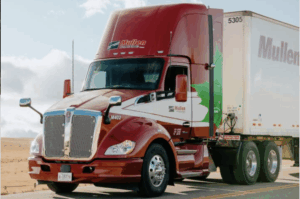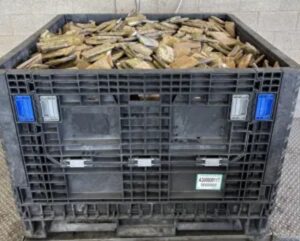COLUMBUS, Ind. — The ACT Research’s recently released decarbonization forecast incorporates expected advancements in zero-emission technologies of battery-electric vehicles (BEV), fuel cell-electric vehicles (FCEV), and natural gas (NG) as an alternative decarbonization technology.
“Regulations have typically been a driving force for the adoption of decarbonization solutions; upcoming reductions in regulatory stringency will significantly impact deployment of decarbonization solutions, particularly in the earlier years of our forecast,” according to Lydia Vieth, ACT’s Research Analyst, Electrification & Autonomy. “Whether the administration fully repeals, modifies, or delays key regulations, the impact on equipment decisions, fleet planning, and operational costs will be significant.”
Regulations that require lower emissions have been the greatest influence on decarbonization, and as those regulations change, or are revoked, ACT Research expects to see corresponding changes in adoption of zero-emission CVs, according to the North America Commercial Vehicle OUTLOOK Plus
“Our forecast assumes the two key regulations that have been in place for some years: CARB’s Advanced Clean Trucks (ACT) went live in California at the start of 2024 and beginning in 2027 the US Environmental Protection Agency’s (EPA) low-NOx regulations go into effect, will continue to prevail for now in some measure,” Ann Rundle, ACT’s VP, Electrification & Autonomy, added. “ACT Research continues to develop and refine decarbonization forecasting models that detail specific vehicle applications for medium duty (MD), heavy duty (HD), and bus market segments. Our forecasting methodology incorporates a bottom-up, apples-to-apples cost-modeling approach, considering all costs, including infrastructure. This TCO-based approach allows us to compare the full impact of life-cycle costs between competing powertrain technologies across the commercial vehicle population.”
Bruce Guthrie is an award-winning journalist who has lived in three states including Arkansas, Missouri and Georgia. During his nearly 20-year career, Bruce has served as managing editor and sports editor for numerous publications. He and his wife, Dana, who is also a journalist, are based in Carrollton, Georgia.








